May 29, 2025: Bridgett Ojeda, CIO at Bryan Health, pulls back the curtain on the challenges facing the healthcare CXO, where every dollar must stretch between innovation, cybersecurity, and keeping the lights on. From physicians declaring that ambient listening technology has become a "career extender" to the shocking reality that fax machines still dominate patient care coordination in 2025, this conversation exposes the fascinating contradictions of healthcare technology. How does a health system successfully serve both urban populations and remote rural communities while battling interoperability and retention challenges? Bridgett reveals the strategies, setbacks, and surprising victories that define healthcare IT leadership in an era where technology must finally deliver on its promise to restore joy to medicine.
Key Points:
Donate: Alex’s Lemonade Stand: Foundation for Childhood Cancer

Questions about the Podcast?
Contact us with any questions, requests, or comments about the show. We love hearing your feedback.

© Copyright 2024 Health Lyrics All rights reserved